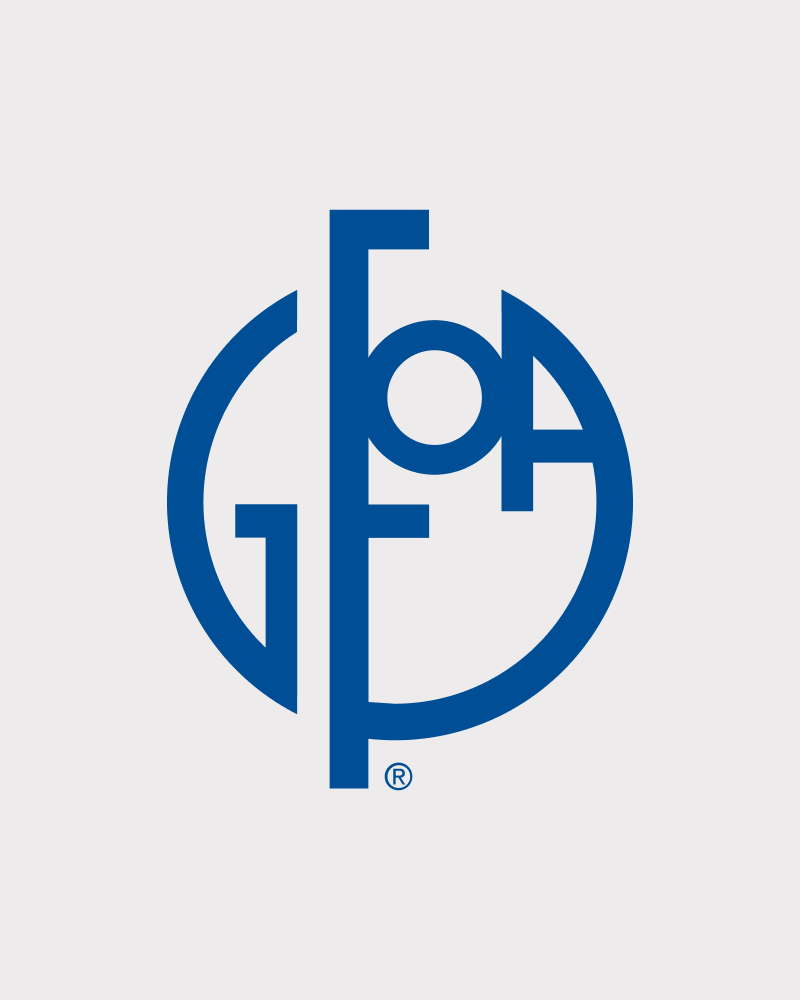Core Elements of a Funding Policy for Governmental Pension and OPEB Plans
Compensation and Benefits
Core Elements of a Funding Policy for Governmental Pension and OPEB Plans
GFOA recommends that governments adopt a funding policy that provides reasonable assurance that the cost of those benefits will be funded in an equitable and sustainable manner.
Board approval date: Thursday, March 23, 2023

